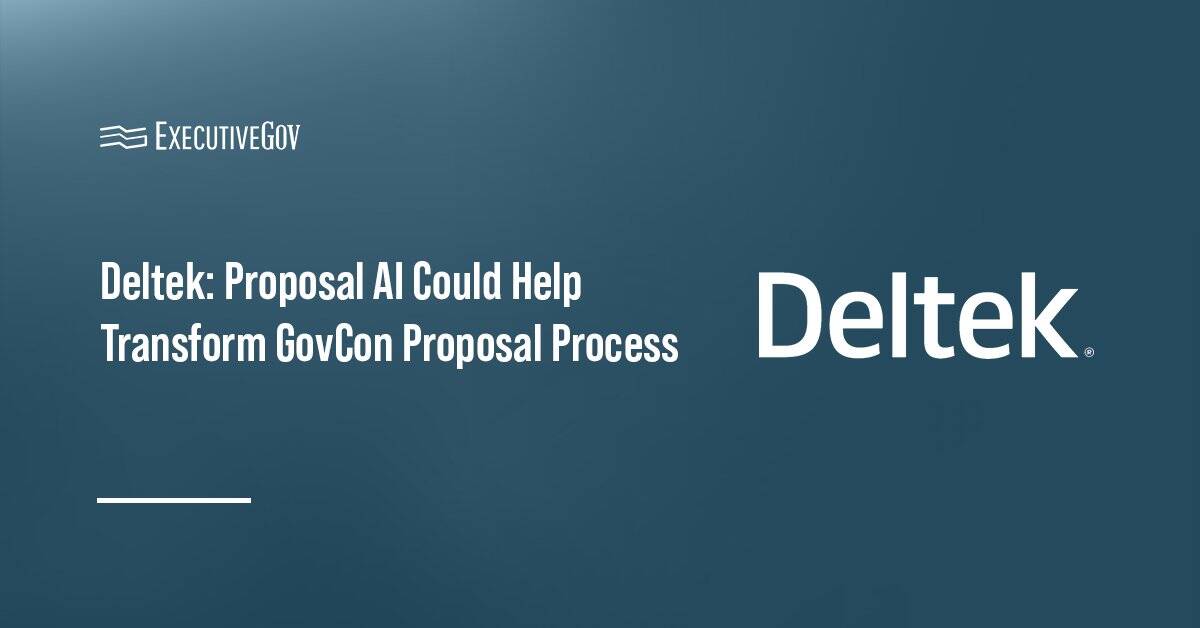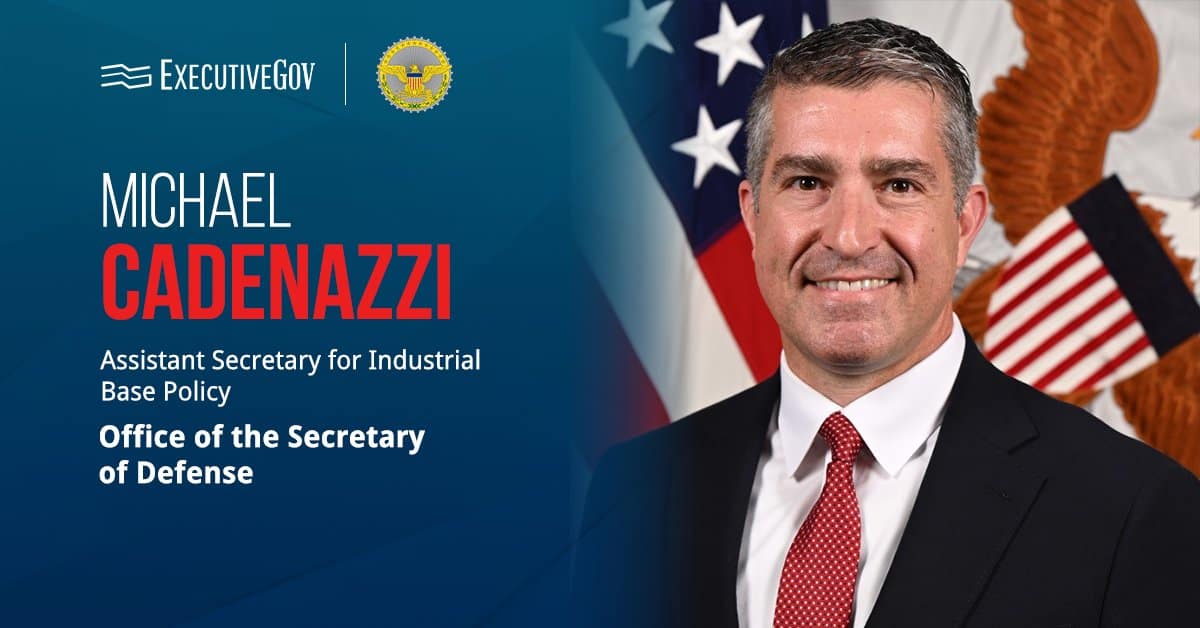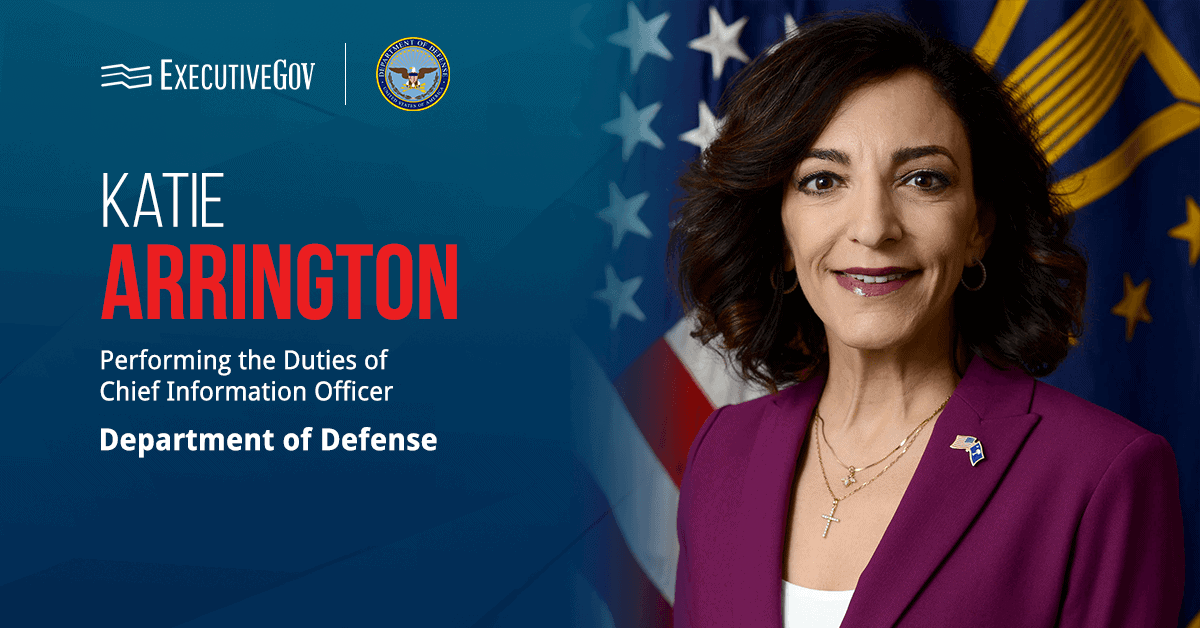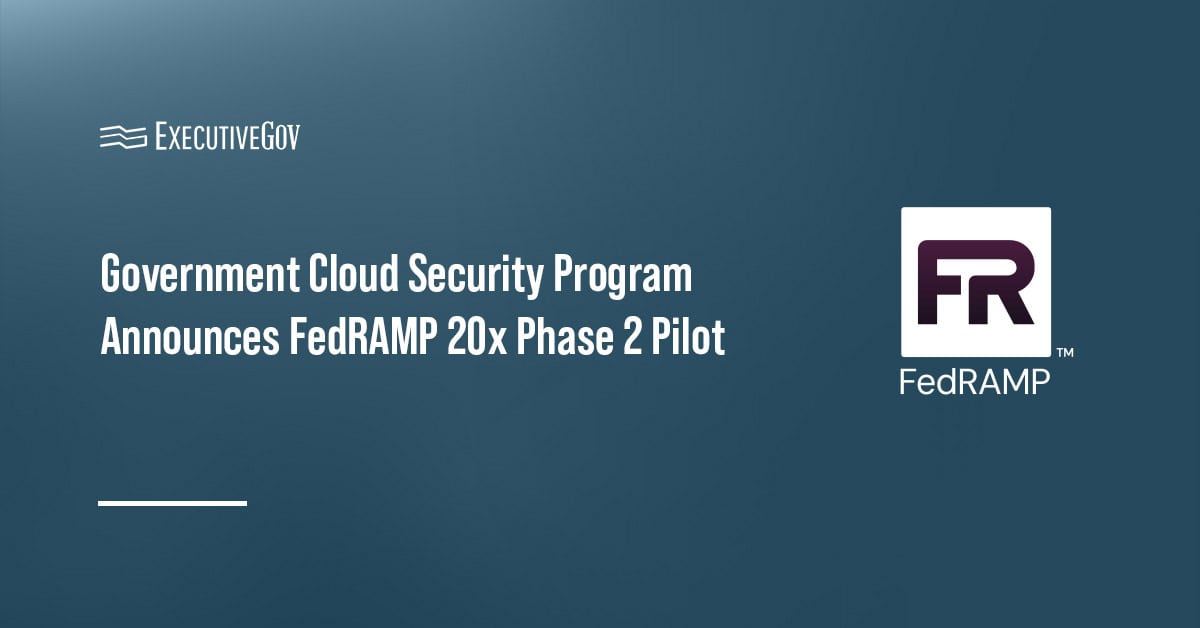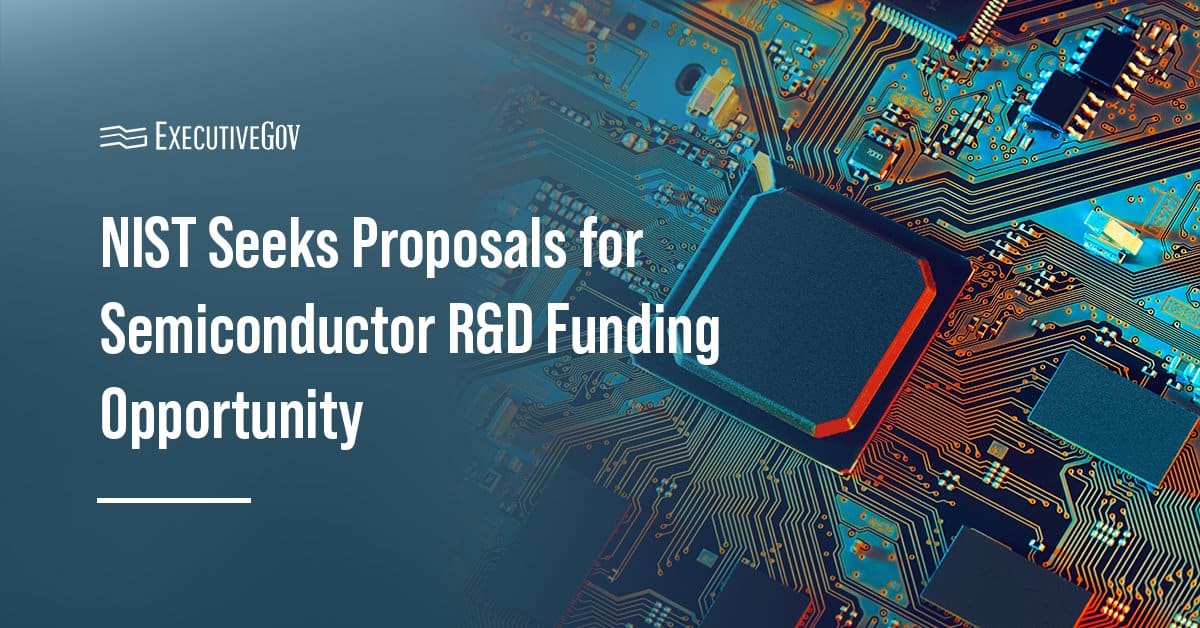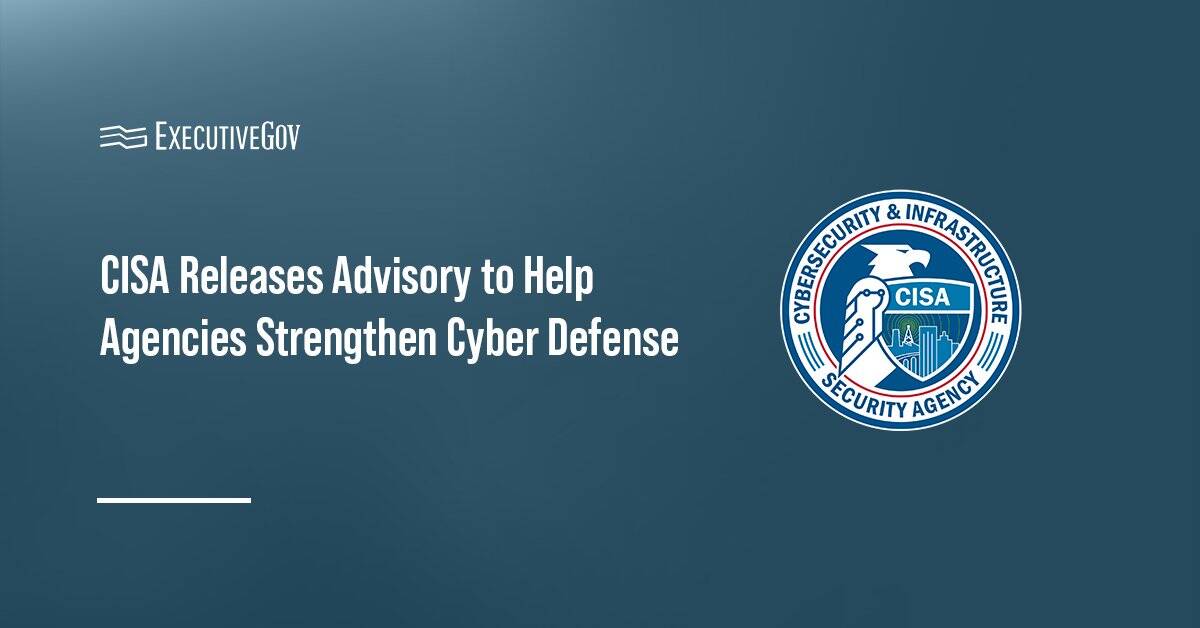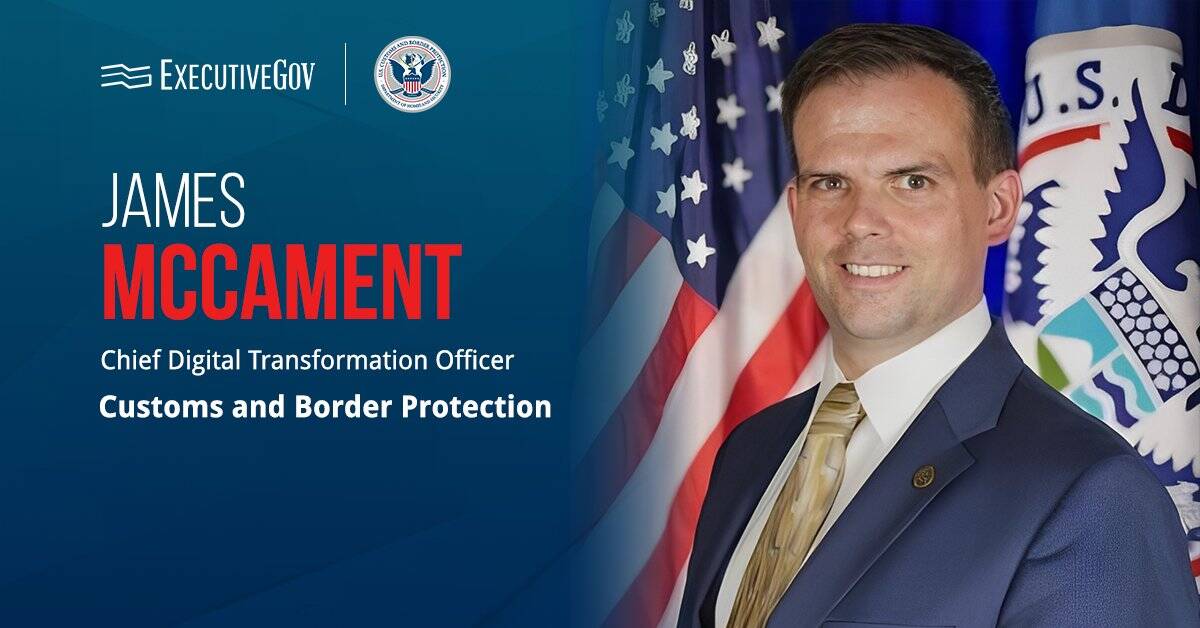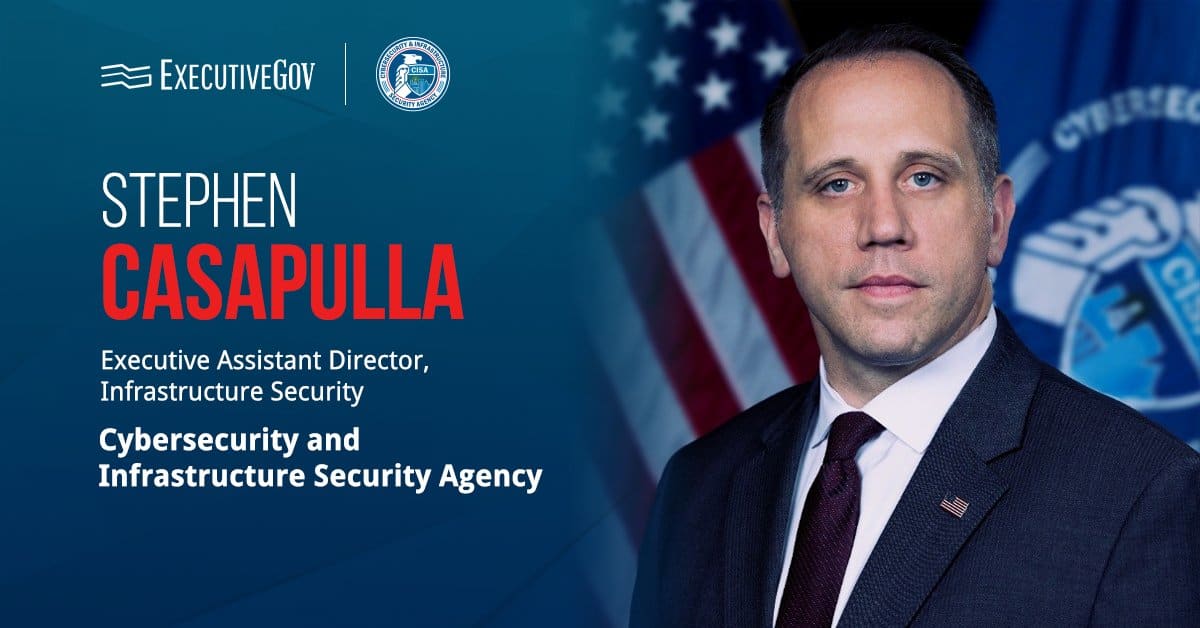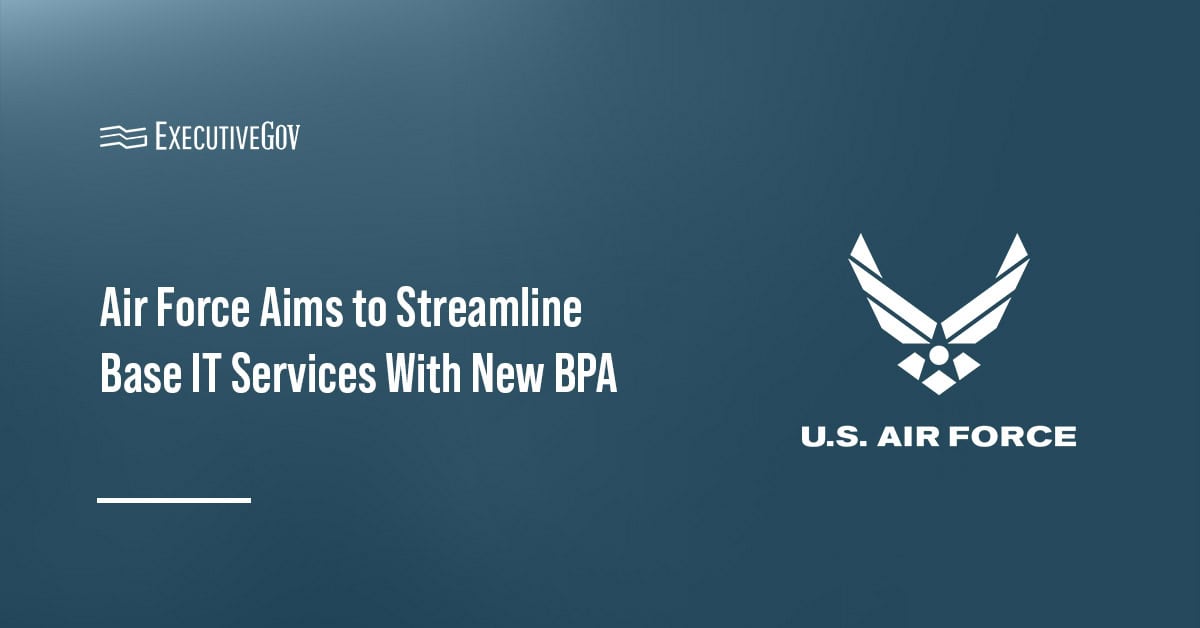Nick Schiffler, marketing manager at Deltek, said proposal artificial intelligence is becoming a key capability for government contracting teams seeking to respond quickly to requests for proposals and improve competitiveness in the federal marketplace.
Table of Contents
Streamlining Proposal Development With AI
In a guest post published on SAME’s website, Schiffler wrote that proposal AI tools could help GovCon proposal teams respond to requests for information, complete their capture plans, develop compliance matrices and transform complex solicitations into more manageable parts.
“These tools are built to understand the structure, language, and compliance requirements of federal RFPs, helping teams respond faster and more accurately,” he added.
Leveraging AI Tools to Address GovCon Proposal Challenges
In this piece, the Deltek subject matter expert said proposal AI could enable contractors to strengthen responses to RFPs by eliminating generic language and ensuring the alignment of responses with evaluation criteria.
The technology could also help proposal teams identify compliance gaps. Despite being thorough, he noted that proposal teams could miss critical elements like formatting standards, page limits or mandatory certifications when manually reviewing documents.
According to Schiffler, offerings like Deltek’s GovWin IQ market intelligence platform integrate AI functionality to enable contractors to gain deeper insights and speed up responses to RFPs.
“These tools act as AI solutions for government RFPs, offering features like proposal drafting automation and intelligent RFP management that help teams stay ahead of the curve,” he stated.
A recent Deltek blog stated that additional AI solutions are coming soon to Deltek’s suite of proposal capabilities including compliance matrices – which will automatically extract and organize key solicitation requirements – and a full AI-powered proposal platform.


